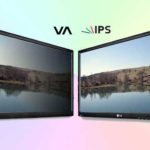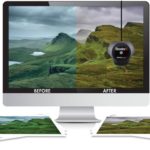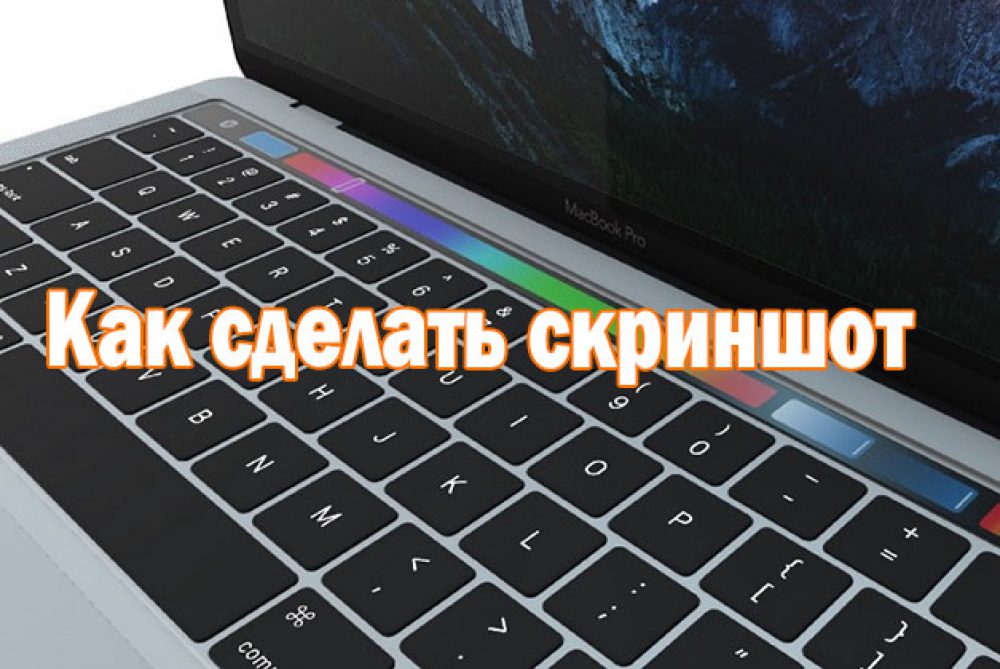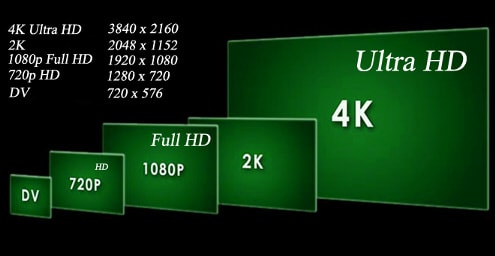Which matrix is better for a monitor?
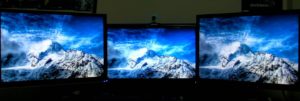 Gone are the days when computer screens were heavy and bulky, and the main characteristic when purchasing them was the price. Nowadays the electronics market offers a large selection of monitors. They differ in size, characteristics, prices and, of course, matrix. It is one of the main elements of the screen. Despite the fact that there are also a considerable number of matrices, the most common are only a few options.
Gone are the days when computer screens were heavy and bulky, and the main characteristic when purchasing them was the price. Nowadays the electronics market offers a large selection of monitors. They differ in size, characteristics, prices and, of course, matrix. It is one of the main elements of the screen. Despite the fact that there are also a considerable number of matrices, the most common are only a few options.
The content of the article
Types of matrices: their characteristics, pros and cons
In the production of all modern screen models, two basic technologies are used:
- LCD - liquid crystal technology. It was she who replaced the cathode ray tube and ousted the latter from the electrical appliances market.
- LED is a liquid crystal display whose matrix is illuminated using small LEDs.
The remaining existing types are more advanced varieties of these two types.
TN matrix
We can safely call it the longest-liver among all existing screens. During production, pixels are used that are twisted in a spiral. This method allowed us to achieve very good response times.
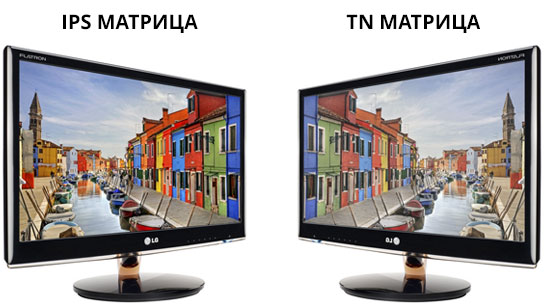
ATTENTION! Response time is one of the main characteristics of any screen.It is he who is responsible for how clear and smooth the transmitted image will be.
Despite the fact that TN technology can provide good response time, this option has more disadvantages than advantages. The disadvantages include:
- the display is very inexpensive to produce - this can lead to dead pixels appearing after purchase;
- The filter here is positioned horizontally, so color rendering and contrast are very low;
- The viewing angle also leaves much to be desired - as soon as you turn the screen a little, the image becomes almost indistinguishable.
Suitable for office use where particularly high screen performance is not required.
TN + Film matrix
It is an improved version of the TN display. During production, another special layer was added, which slightly improved the viewing angle. Due to its low cost, it is very popular among both manufacturers and users.
REFERENCE! According to surveys, about 90% of users use monitors with this type of matrix.
The disadvantages of this technology include:
- despite the added layer, the level of viewing angle is still unsatisfactory;
- the screen cannot provide good color reproduction, bright images and contrast - many users complain that their eyes quickly get tired when working on such a screen.
The display is popular among gamers as it has a very high response time. It is also suitable for those who like to watch videos.

TFT matrix
The abbreviation can be deciphered as “thin film transistor”. This option is not an independently existing matrix production technology.This is still the same TN monitor, but the pixels here are controlled in a different way - using microtransistors. In other words, it's not a standalone option, but a pixel management technology.
IPS matrix
It is an upgrade of TFT technology. It has very high quality color rendition. Here the pixel molecules are arranged in parallel. Thanks to this, the screen has a large viewing angle. The picture is very bright, realistic and juicy. It also provides excellent black color reproduction. It is he who is responsible for contrast.
Despite these characteristics, the technology has its drawbacks. So, due to the parallel arrangement of pixels, the response time of the monitor is very low. For this reason, it is not suitable for gaming or watching videos. If there are moving objects in the image, they will leave trails. The price of such displays is very high.
This matrix is popular among people professionally involved in design and photography.. For professionals, picture clarity, color rendition and maximum realism are very important.
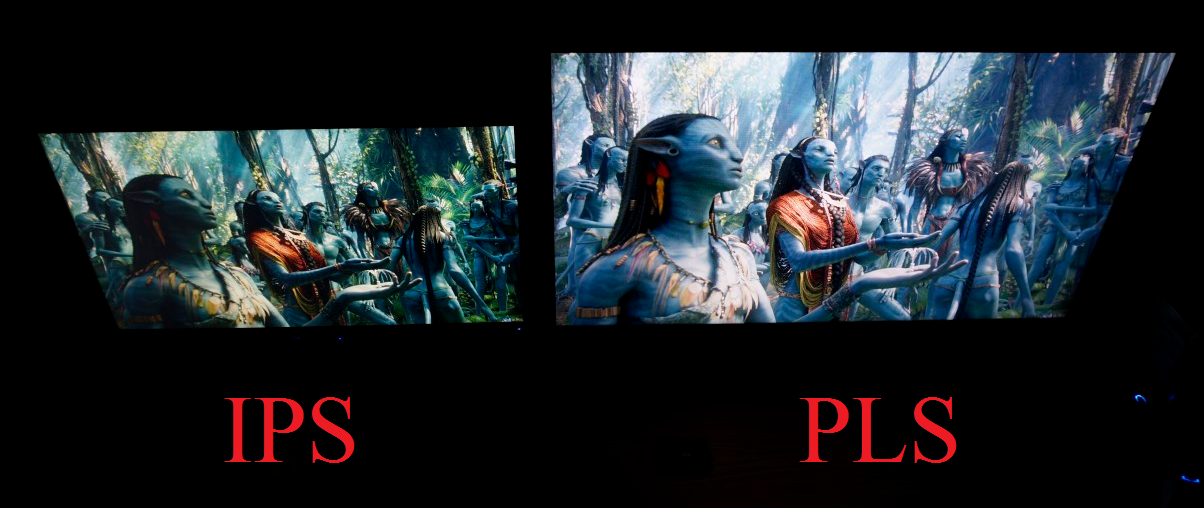
PLS matrix
It is a cheaper option for IPS monitors. In terms of their main characteristics, they are very close to IPS. Among non-professional monitors, they have the maximum color reproduction, brightness and contrast. However, the response time is also low.
They are no longer suitable for use by professionals, since an experienced eye will notice a change in halftones with any deviation from the perpendicular line of sight. The average user will not see such nuances.
VA, MVA and PVA matrices
Just like TFT, they are technologies for the production of a monitor matrix, and not a separate version of it.
- VA - vertical alignment.They do not transmit light when turned off, which is typical for TN monitors.
- MVA is an improved version of VA technology. Response time has been improved. This was achieved thanks to the Over Drive method.
- PVA is a patented development of Samsung Corporation. Essentially, this is the same MVA.
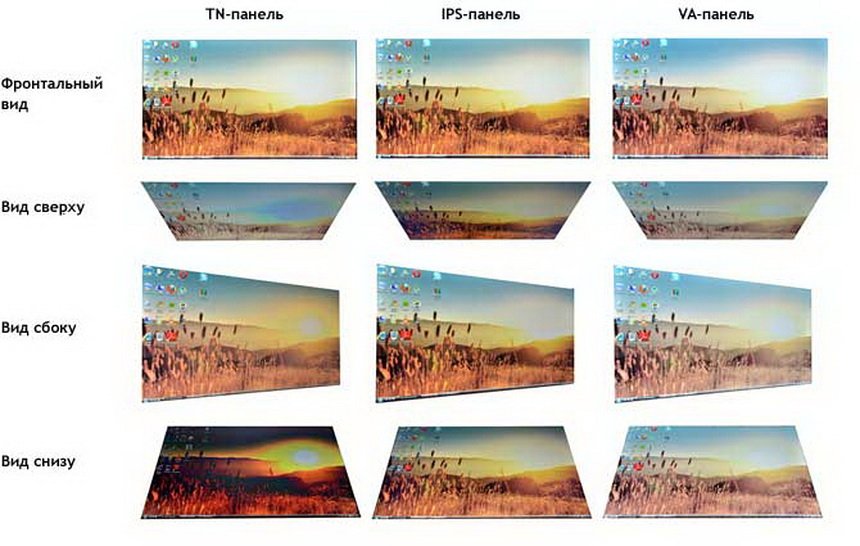
How to find out what matrix is in the monitor
There are several ways to find out about a type. These include:
- The easiest option is to look at the necessary information in the documents. As a rule, it is indicated in the “Technical Specifications” section.
- Another fairly simple option is to go to the manufacturer’s website and find out what is required in the product catalog.
- The third option is to look at the color image from different angles. If the color is very distorted, then most likely it is TN. Black image that turns purple - IPS. The only monitor option whose image will not be distorted is OLED. But this is a very expensive monitor option and it is not widespread.
Which matrix is better for a monitor?
When choosing a monitor, you need to consider what it will be used for:
- for professional work, IPS technology would be an ideal option;
- Gamers will love the MVA option;
- if you have a limited budget and for office work, you can take a TN or TN + Film monitor;
- The ideal option for all categories would be OLED - it has optimal and high performance, but is very expensive.
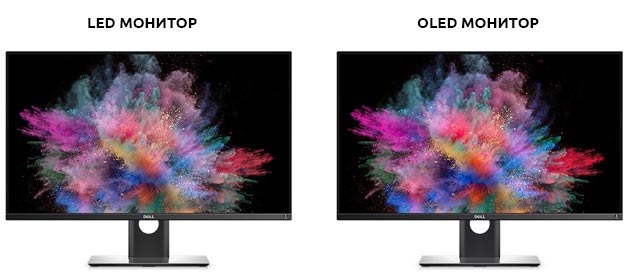
The range of devices with different characteristics is quite wide, so choosing the right option is quite simple.

